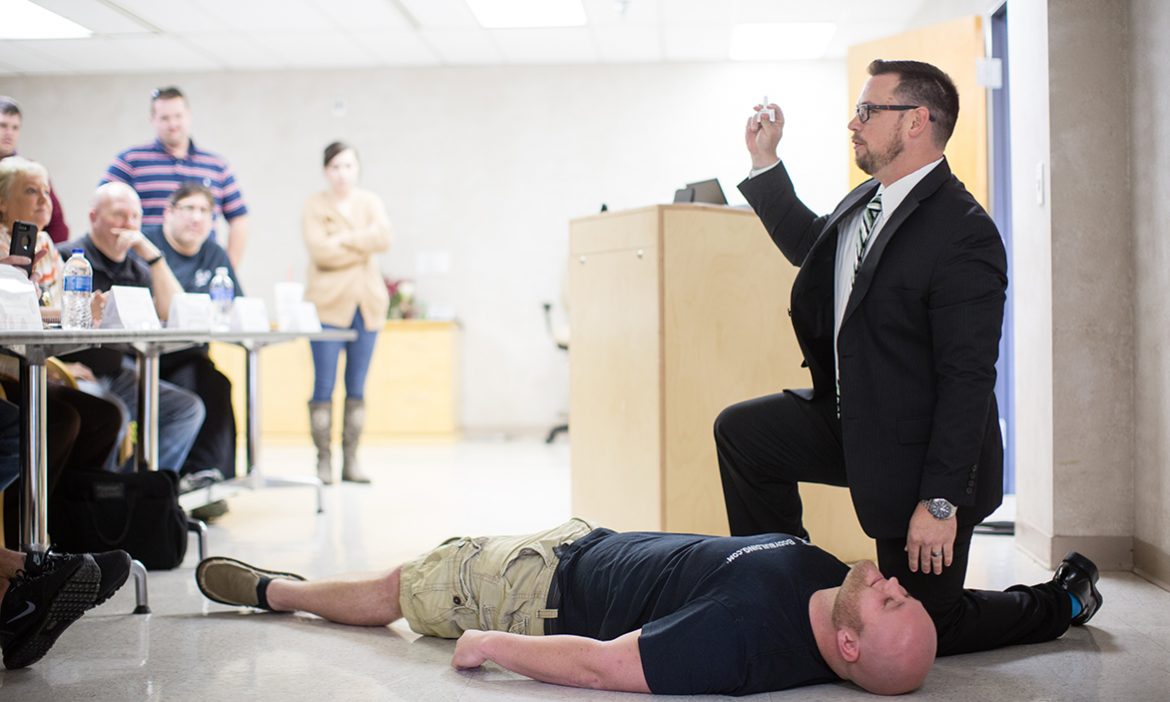Corporal Alex MacPherson first saw the young woman lying in a bathtub, her boyfriend spraying her with water in a futile attempt to rouse her.
The Columbia Police Department officer reached over to feel for a pulse, but found none.
In the past, he would have attempted to revive her. He’d wait for EMTs to arrive, most likely watch as they pronounced her dead and then write up the report about another overdose in Tennessee’s opioid epidemic.
On this day, however, he had a vial of Narcan, a nasal spray delivery of naloxone. The drug counteracts overdose with near magical effects. He sprayed it into the victim’s nose.
“Within 30 to 45 seconds she began breathing spontaneously, and within a minute or so she had opened her eyes and began regaining consciousness,” says MacPherson.
“By the five-minute mark, she was walking around.”
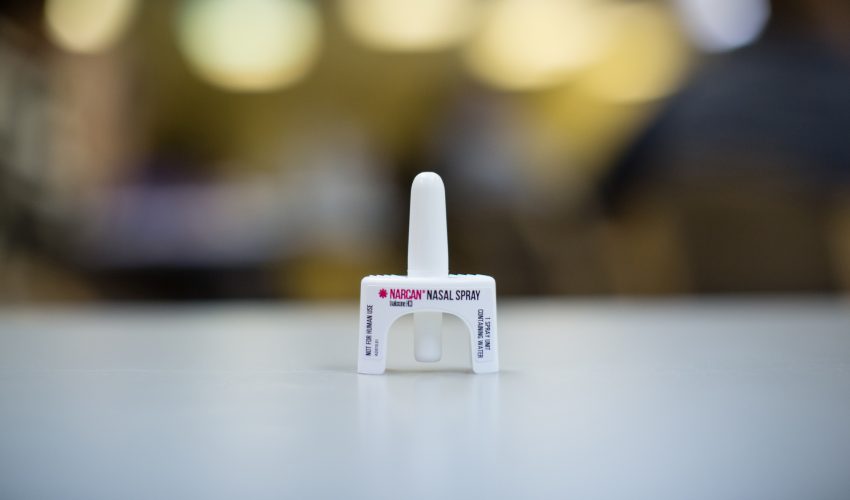
A lifesaving tool
Many ambulance crews keep Narcan on board, but police and other first responders often arrive at a scene several minutes ahead of those emergency services.
In the case of an overdose, those minutes can be the difference between life and death.
That’s why the Law Enforcement Innovation Center (LEIC) is training first responders in the use of Narcan when they respond to drug-overdose calls.
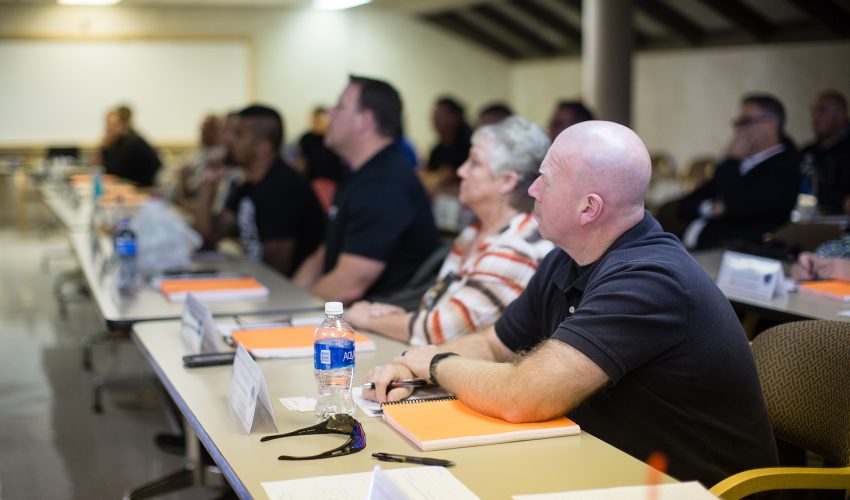
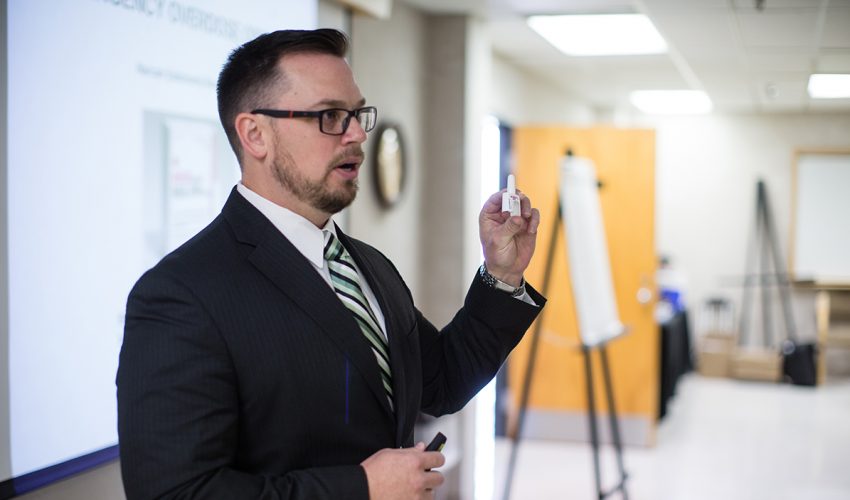
Trainees learn how to administer Narcan and take that capability back to their communities.
The LEIC, based in Oak Ridge, conducts training classes and seminars on topics ranging from crime scene investigation to domestic violence for law-enforcement personnel and others.
The agency conducts at least 50 trainings annually, reaching more than 1,000 personnel from the command level to first-line responders. That means it can get the word out about Narcan quickly.
“We’re piggy-backing the training on Narcan with others, because it’s a very short, informational component that can be put in with a lot of different programs,” says Don Green, executive director.
First responders will likely find they need Narcan once they arrive on a scene.
“We do the presentation in our domestic violence classes, because a lot of those calls are linked to alcohol and drug abuse,” says training specialist Chris Jones.
Changing resignation into hope
For MacPherson, seeing was believing.
He’s eager to share his success and hopes other law enforcement agencies will soon deploy Narcan.
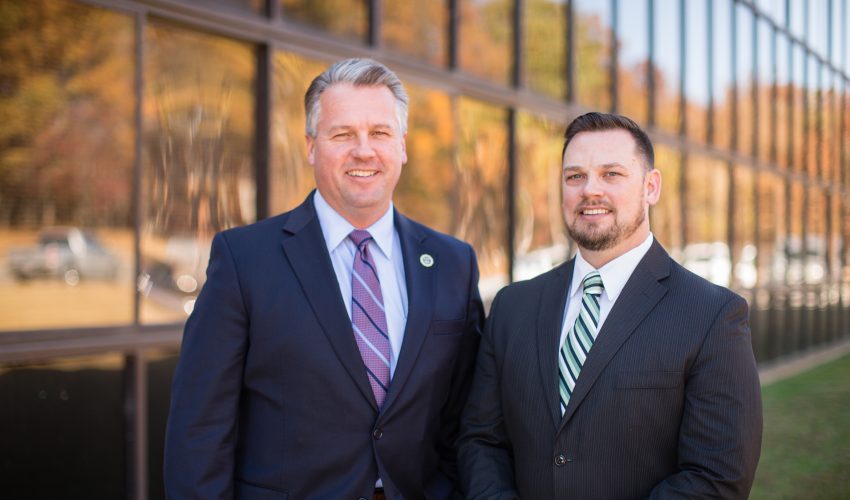
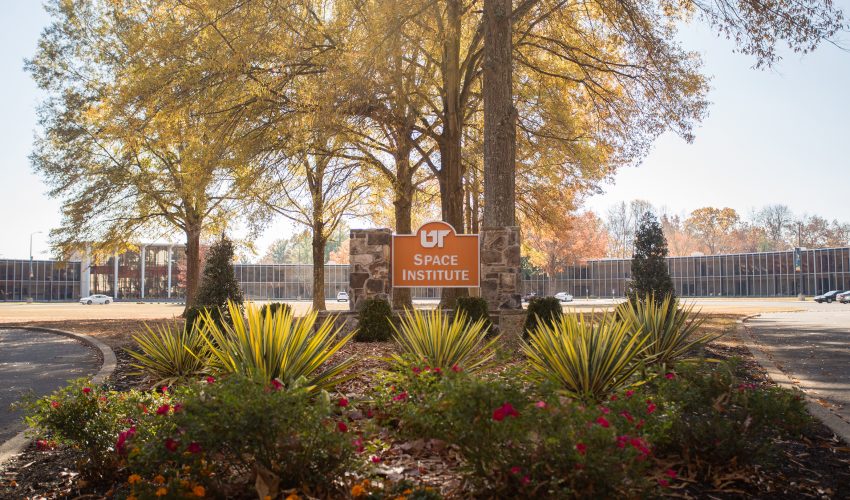
Alex MacPherson and Chris Jones
“It’s amazing. We get people who have overdosed and you do everything you can, but get very little physical stimulus to show that what you’re doing is working,” he says.
“A monitor spike shows they’re still alive, so you keep going and hope you can keep them from dying.
“With Narcan, they get up and walk around.
“Nothing is like this.”


